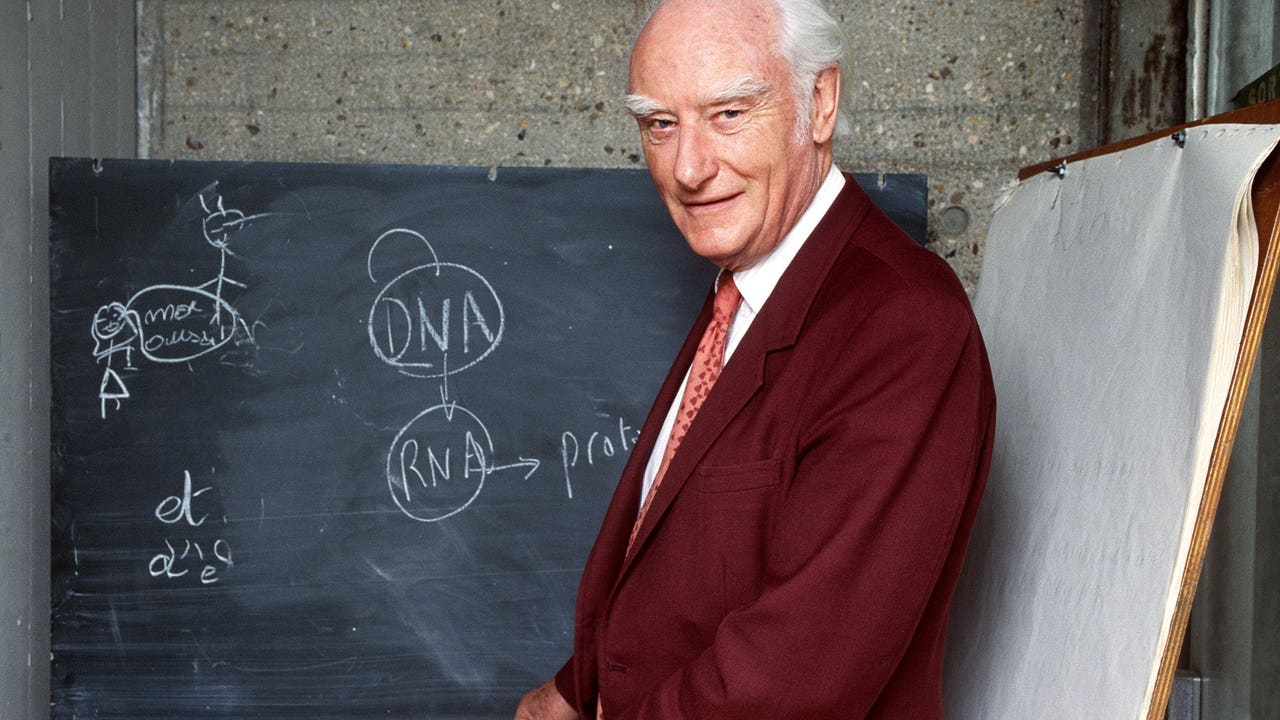Personality in Focus
How I Survived Ill-Fated Air India Crash – Lone Survivor

Only the passenger in seat 11A on Air India Flight 171 lived to tell the tale, a survival nothing short of a miracle.
When the Air India plane with 242 people onboard crashed into a building moments after taking off from the international airport in Ahmedabad, it burst into flames. The impact, heat and smoke was so intense, officials said, that escape was impossible.
Except for Viswash Kumar Ramesh, 38.
In the hours after the crash, grainy footage of a man with wounds on his face and blood on his shirt went viral on social media. He walked himself to an ambulance with a slight limp, and told a crowd around him that he had come “from inside” the plane.
Mr. Ramesh’s story initially appeared too good to be true; the crash was so severe that the bodies of most victims were charred beyond recognition, officials said. But by late evening, Air India confirmed that there had been one survivor, who was getting treatment at the hospital. Amit Shah, India’s home minister, said he had visited the survivor, and Indian media ran photos of Mr. Shah standing at Mr. Ramesh’s bedside.
“I still can’t believe how I got out alive,” Mr. Ramesh said on Friday in an interview from his hospital bed with India’s state broadcaster, Doordarshan. “I thought I was also about to die.”
Mr. Ramesh said the plane had felt “stuck five or 10 seconds after takeoff,” and it seemed to be trying to accelerate when it crashed.
The front of the plane, after hitting buildings, crashed into an open area, he said, while the tail was stuck in a building, which was later identified as the dining facility of a medical college.
Mr. Ramesh said he unbuckled his seatbelt after the crash when he saw a chance for escape. He did not make clear whether he had to open the emergency exit he was sitting next to, or if the impact had caused it to open.
“When my door broke, I saw there was some space — that I could try to get out,” he said in the interview. “The other side, people couldn’t get out, as it was crushed against a wall.”
Mr. Ramesh, who is a British citizen, was returning to England after vacationing in India along with his brother Ajay, their younger brother Nayan said. Ajay, who the passenger list showed was seated in 11J on the right side of the plane, did not survive.
Shortly after the crash, Mr. Ramesh made a video call from near the wreckage to his family in Leicester to confirm he was safe, the younger brother said. The family home there was a scene of both mourning for Ajay and stunned amazement that Viswash had somehow walked away.
Source: New York Times
Personality in Focus
Newswatch Co-Founder, Dan Agbese, Dies at 81

One of the founders of Newswatch magazine, Chief Dan Agbese, is dead.
According to a statement issued by the Agbese family of Ikpilogwu clan of Agila district, Ado Local Government Area of Benue State, he died on Monday.
“We hereby announce the passing away of our husband, father, grandfather, brother, uncle and mentor: Chief Dan Agbese, the Awan’Otun of Agila.”
“Chief Agbese transited to eternal glory this morning, Monday November 17, 2025. He was aged 81.
“Burial arrangements would be announced by the family in due course.
“Born May 12, 1944 in Agila, Chief Agbese was a renowned journalist and author, famous for his seminal contributions to journalism practice in Nigeria and renowned for his satirical columns.
He was editor of The Nigeria Standard and New Nigerian newspapers, and General Manager of Radio Benue, Makurdi.
“Chief Agbese was one of the founders of the trail-blazing Newswatch magazine and was until April 2010 its Editor-in-Chief.
“Before his passing, he wrote several books and maintained weekly columns in notable newspapers including the Daily Trust and The Guardian, while running a media consultancy with his friends and colleagues, Ray Ekpu, Yakubu Muhammed and Soji Akinrinade.
“He is survived by his wife , Chief Rose Agbese, their six children, and seven grandchildren.”
Personality in Focus
Veteran Japanese Actor, Tatsuya Nakadai, Dies at 92

Japanese stage and film actor Tatsuya Nakadai, who starred in a string of Akira Kurosawa classics, including the lead role in Ran, has died at the age of 92, his acting school announced on Tuesday.
Nakadai first rose to fame in Japan and internationally under director Masaki Kobayashi, who cast him in his epic anti-war trilogy The Human Condition in the late 1950s and early 1960s.
His acting school, Mumeijuku, did not disclose when Nakadai died or provide further details.
Nakadai had a walk-on role in Kurosawa’s 1954 classic Seven Samurai, but later effectively replaced Toshiro Mifune as the famed director’s leading man after Mifune went his own way.
He played the main protagonist in Kurosawa’s Kagemusha (1980), which won the Palme d’Or, the top prize at the Cannes Film Festival.
Nakadai also portrayed the doomed warlord who divides his kingdom among his sons in Ran (1985), Kurosawa’s adaptation of Shakespeare’s King Lear.
One of his former students, Koji Yakusho, won Best Actor at the 2023 Cannes Film Festival for his role in Wim Wenders’ Perfect Days.
Nakadai continued performing until recently, appearing this year at a theatre in the Noto region, which was still recovering from a deadly earthquake that struck on New Year’s Day last year.
AFP
Personality in Focus
Brain Behind Discovery of DNA, James Watson Dies at 97

American scientist, James Watson, one of the co-discoverers of the structure of deoxyribonucleic acid (DNA), has died at the age of 97.
Watson, alongside Francis Crick, identified the double-helix structure of DNA in 1953, a discovery that transformed biology and medicine. Their work, which revealed how genetic information is stored and transmitted, earned them and Maurice Wilkins the 1962 Nobel Prize in Physiology or Medicine.
“We have discovered the secret of life,” they said at the time.
His death was confirmed by the Cold Spring Harbor Laboratory (CSHL) in New York, where he spent much of his career. Watson led the institution for decades before stepping down as chancellor following controversy over his remarks on race and sex.
Watson’s reputation declined sharply after comments he made suggesting genetic differences in intelligence between races. In a 2007 interview with The Times, he said he was “inherently gloomy about the prospect of Africa”, adding that “all our social policies are based on the fact that their intelligence is the same as ours whereas all the testing says not really.”
He later apologised “unreservedly”, but the remarks cost him his position at CSHL. In 2019, further comments linking race and intelligence prompted the lab to strip him of his remaining honorary titles. “Dr. Watson’s statements are reprehensible, unsupported by science,” the laboratory said in a statement.
DNA was first discovered in 1869, but its role as the genetic material in cells wasn’t confirmed until 1943. The molecule’s structure remained unknown until Watson and Crick built their model, using X-ray images produced by Rosalind Franklin at King’s College London images reportedly obtained without her consent.
Though Franklin died in 1958, she is now widely credited for her crucial role in solving the DNA structure. At the time, however, her contributions were largely overlooked.
Watson also drew criticism for sexist remarks in his 1968 memoir The Double Helix, where he commented on Franklin’s appearance. Despite this, some former colleagues noted that he supported women scientists at Harvard in the 1950s and 60s, when few others did.
In 2014, feeling isolated from the scientific community, Watson sold his Nobel medal for $4.8 million. The Russian buyer later returned it to him.
Born in Chicago in April 1928, Watson was the son of Jean and James Watson, descendants of English, Scottish, and Irish settlers. A gifted student, he entered the University of Chicago at 15, where he became interested in X-ray diffraction, a key technique in revealing atomic structures.
Watson later studied at Cambridge University, where he met Crick and began building models of DNA. After their discovery, he joined Harvard University as a biology professor.
He and his wife, Elizabeth, had two sons. One was diagnosed with schizophrenia, inspiring Watson to continue research into the genetic basis of mental illness.
In 1968, he became director of Cold Spring Harbor Laboratory, transforming it into a leading global centre for molecular biology research, the same institution that later confirmed his death.






